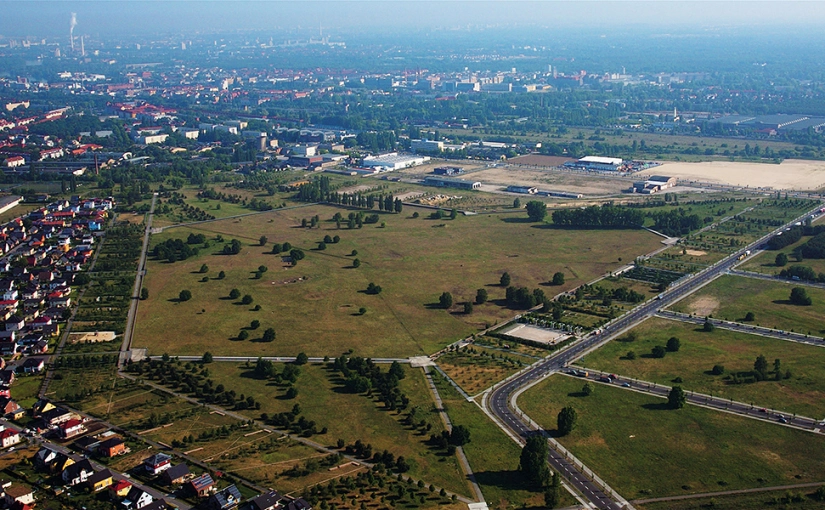In a 1958 editorial of the journal Landscape Architecture, the journalist Grady Clay observed that ‘more men […] than ever before are working to shape our urban landscape according to principles of design’. Clay’s editorial was entitled ‘Shapely Women and Cities: What’s the Urban Equivalent of “38–24–34”?’ In sexist lingo common at the time, he compared the formal and aesthetic qualities of the city to the customary figures used to describe the beauty of the ideal female body. He noted that ‘few influences more subtly repel our advances or more surely arouse us than the spatial qualities of our cities’. Clay was writing when the American city was subject to white flight, disinvestment in the urban core, and large urban reconstruction projects characterized by postwar modernism. Jane Jacobs was criticizing what she considered socially alienating urban renewal schemes, while Kevin Lynch and his colleagues at MIT were conducting studies into the visual perception of cities. In a speech held in 1960, Clay deplored the unordered growth of cities and argued that a new urban environment had to be created that was ‘not only workable but beautiful’. He disagreed with what he considered a pervasive argument at the time, that ‘any concern with the final, visible results of this filling-up process i.e. urban growth is sissified, European, and possibly un-American’. Clay’s plea revealed the residue of the conflicted nineteenth-century gendered discourse revolving around the city, both in Europe and the United States. It also shows that he was primarily addressing men, despite the fact that women had been active in shaping the city for a while. One of the means women had been using to assert themselves as activists, reformers, and design professionals in the public realm was the planting of street trees.
By focusing on the role that North American women have played in the efforts of greening the city, in particular street tree planting, this article argues that female landscape architects, as well as social and environmental activists, embraced street trees as a means and symbol of empowerment, emancipation, and even resistance. The women transgressed the separation of private and public spheres, and the binary of male-coded architecture and female-coded nature by initiating and playing a role in the planting, management, maintenance, and care of street trees. The trees themselves were both living nature, and architectural, structural elements in the modern public urban landscape and, therefore, provided an ideal material for this transgression. Street trees were an aid for female designers and activists to embrace their own otherness and they were a means of empowerment to ‘conquer’, reimagine, and construct relationships with the city.
Sonja Dümpelmann, Designing the ‘shapely city’: women, trees, and the city (2015)
Gabrielle Kiefer + Büro Kiefer, Johannisthal-Adlershof Landscape Park (2005)
FIND IT ON THE MAP










